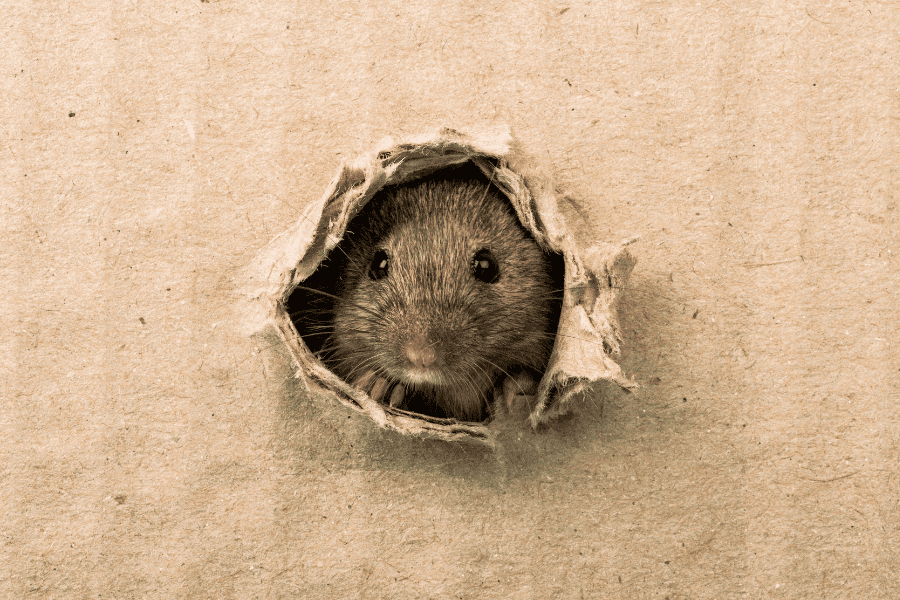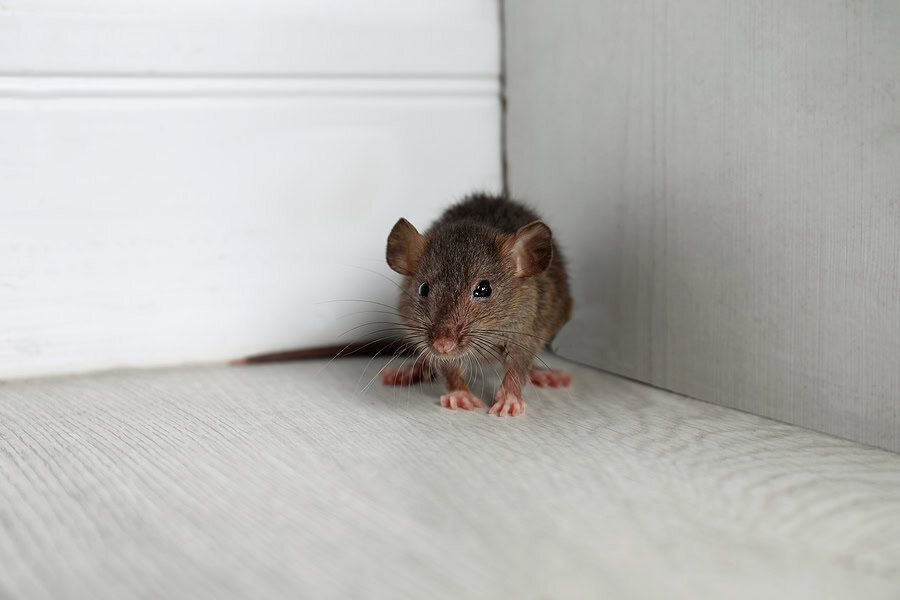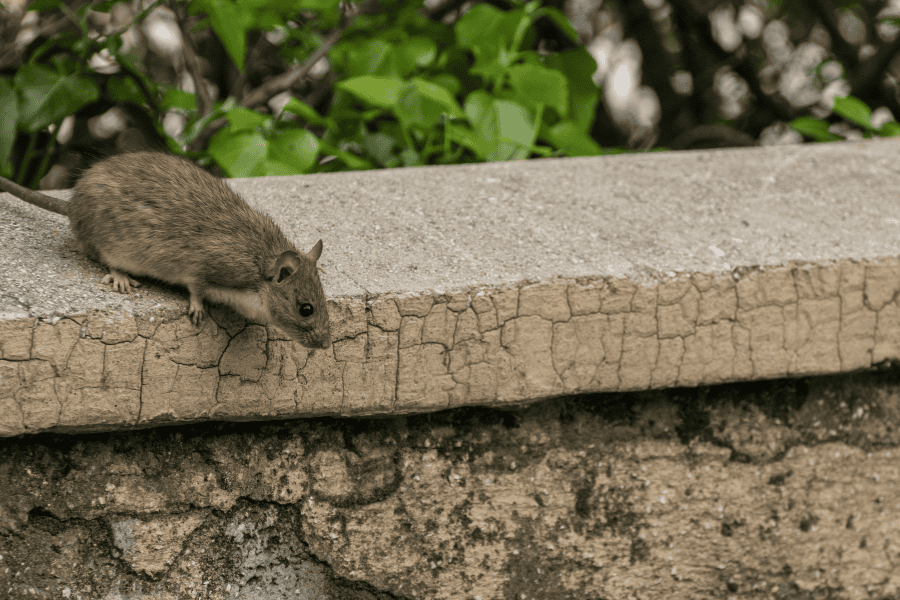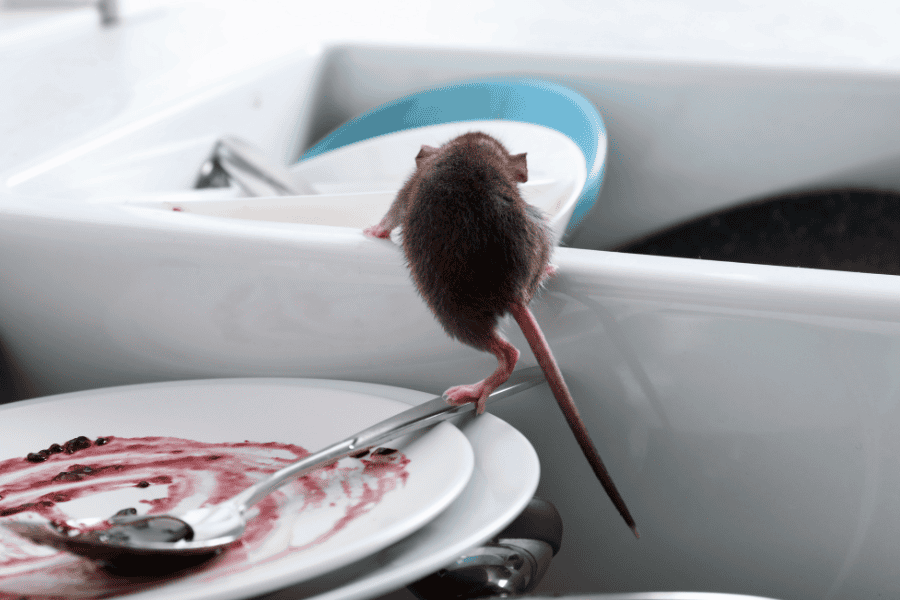READY TO GET STARTED?
REQUEST A FREE ESTIMATE
Fill out the form below or call (888) 466-7849 for a free, no-obligation estimate.

Rodents, like rats and mice, are some of the most common intruders into our Broward attics and once they get in, they can cause plenty of destruction. From gnawing on electrical wires to leaving droppings that can affect your home’s air quality, these pests can turn into a homeowner’s nightmare. However, with a few proactive steps, you can keep your attic rodent-free and even improve your home’s energy efficiency in the process. Check out these tips for keeping rodents out of your attic.
Rodents can squeeze through tiny gaps, so it’s important to thoroughly inspect your home’s exterior for any potential entry points. Pay special attention to areas around the roofline, vents, and any cracks or holes in the walls. Use materials like steel wool, caulk, or metal mesh to seal these gaps.
Rodents love clutter because it provides them with hiding spots and nesting materials. By keeping your attic clean and organized, you can make it less appealing to these pests. Look to store items in plastic bins instead of cardboard boxes, and regularly check for signs of rodent activity, like droppings or chewed materials on a regular basis.
Rodents often use tree branches and overgrown shrubs as bridges to reach your attic. By trimming back trees and keeping vegetation away from your home, you can make it harder for them to gain access. Try to keep branches at least six feet away from the roofline to lessen the chances of them using it to get inside your attic.
Chimneys and vents are common entry points for rodents. Installing a chimney cap and vent covers is a simple and effective way to block these access points. Make sure these covers are made of durable materials that rodents cannot chew through.
Your roof and gutters should be in good repair to keep rodents from finding a way in. Loose shingles, gaps in the roofline, and clogged gutters can all provide easy entry points for rodents and other household pests.
If you’re not sure where to start or want to ensure every entry point is covered, hiring a professional can be a great investment. There are several pest control experts near you that are familiar with the types of rodents in the area and can provide tailored solutions to keep your attic rodent-free.
Attic insulation can be a major help in keeping rodents out of your home. Certain types of insulation, like cellulose, can help seal gaps and crevices where rodents might try to enter. Additionally, insulation materials that are treated with borates can act as a natural repellent. Not only does proper insulation make your attic less inviting to pests, but it also has the added benefit of improving your home’s energy efficiency.
Finally, make it a habit to inspect your attic and the exterior of your property regularly. Look for any signs of rodent activity, like droppings, gnaw marks, or nesting materials. The sooner you catch a potential issue, the easier it is to address before it becomes a bigger problem.
Keeping rodents out of your home may seem like a daunting task but with a few proactive steps, you can create an environment that’s unwelcoming to these pests! If you’ve noticed rodent activity on your property or in your attic, call a pest control company near you to get a free inspection and the best rodent control plan for your rodent situation.

Our warm climate attracts several unwanted pests, including rodents like rats and mice! These pests will cause significant damage to your property and pose health risks to your family. Let’s review why you need rodent prevention, how you can prevent them from invading your home and the potential damage they can cause!
Rodents are more than just a nuisance, they will cause serious harm to your property, including:
To keep your Doral home rodent-free, consider these DIY rodent prevention tips:
If you’ve noticed rodent activity on your property, it’s best to call a pest control company near you. These rodent experts will provide your home with a thorough inspection, identify the type of rodent that’s invaded, and provide a rodent control and prevention plan.

As a business owner, maintaining a clean and reputable environment is paramount. One of the most significant threats to this is rodent infestation. Rats and mice can cause extensive damage to your property, compromise health standards, and tarnish your reputation. Understanding how to protect your business from these unwelcome guests is crucial. Here’s a comprehensive guide to keeping your commercial space rodent-free.
Rats and mice are more than just a nuisance. They pose serious health risks as they carry diseases such as Hantavirus and Salmonella. These pests are also notorious for gnawing through electrical wires, which can lead to fire hazards, and contaminating food supplies, which can result in substantial financial losses and legal implications.
Early detection is key to controlling a rodent problem. Be vigilant for the following signs:
To protect your business from rodents, implement these strategies:
While preventative measures are essential, partnering with a professional commercial pest control company provides an added layer of protection. Experienced pest control specialists can:
Protecting your business from rats and mice is vital for maintaining a clean and reputable establishment. For more information on how to keep your business rodent-free, contact your local pest management team today. Our team of experts is ready to assist you with tailored solutions to meet your specific needs.

House mice, roof rats, Norway rats, and other rodents seek our homes as a place for shelter to breed and search for an available food source to survive. These creatures are known to contaminate our environments and spread diseases such as plague, tularemia, and hantavirus. Rodents will often chew through insulation and electrical wiring, creating the risk of a fire. Placing do-it-yourself rodent-proofing measures throughout your home will protect your property and family from these pests.
Rats and mice seek out food, water, and shelter in homes, so it’s important to eliminate these factors from your property to avoid an infestation. Let’s review our DIY rodent-proofing tips for your Florida property:
If you’ve noticed signs of rodents or would like extra help with rodent-proofing, call a pest control company near you! Professionals will provide you with a free analysis and a recommended rodent control treatment and prevention plan!

Rats are practically year-round creatures in Florida, seeking your home for a warm place to nest and find a food source. Once these rodents find their way inside your home, they will reproduce quickly, making it difficult to remove them. Here is what attracts rats to your home and easy prevention tips to avoid a future infestation!
Rats are attracted to homes that are both dirty and cluttered. These wildlife creatures look for leftover food crumbs and spills for their food source. Likewise, rats tend to utilize piles of old newspapers or cardboard boxes to create a nest and hide out.
Rats can enter homes through a gap or hole the size of a quarter! If any openings are found, they’ll use it to their advantage to make their way inside your home. You can often find these openings around your foundation, doors, and windows.
Your yard is the first line of defense for avoiding rodents but there could be factors attracting them right onto your property. Leaf piles and deep mulch are the perfect materials for rats nesting sites. Likewise, dirty outdoor grills and open garbage cans can be an invitation for rats to scavenge and find a food source.
Rats need water to survive and will look for any source available in and around your home. If there is a constant supply of water dripping from your pipes, that’s enough for rats to move into your home. Common areas where rats find water include leaky bathroom faucets, pipes in your basement, hose faucets, and even HVAC systems.
One of the biggest rat attractions is any available food source. Leftover crumbs, drink spills, and open food containers in your pantry will all attract rats into your home. Rats are not picky eaters and are attracted to all kinds of food, including meats, vegetables, fruit, and more.
Having a rat infestation can be alarming, not only because of the damage they can cause but also the diseases they can spread. One of the best ways to keep rats from entering your property is to place the preventative measures to deter them in the first place. Consider these tips and tricks to avoid rats:
If you’ve noticed rodent activity at your property or would like to start rodent control now, it’s best to call a pest control company near you. These professionals can provide you with a thorough inspection, rodent identification, and a rodent treatment and removal plan based on your needs.